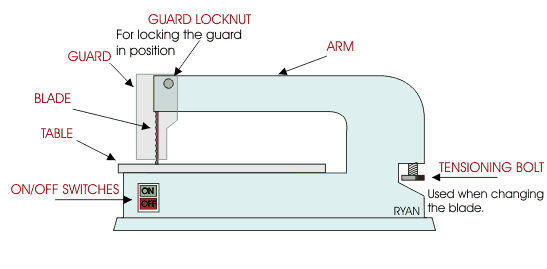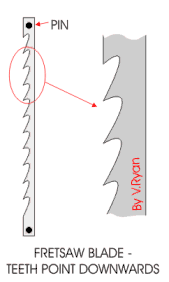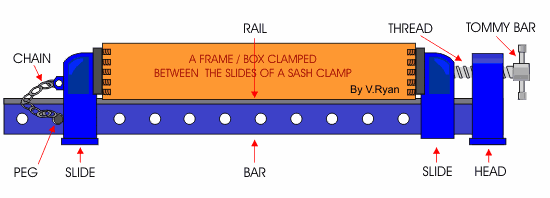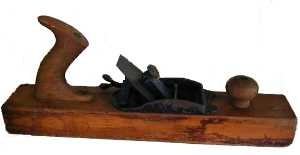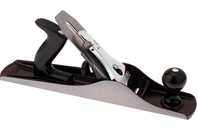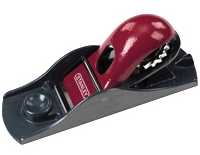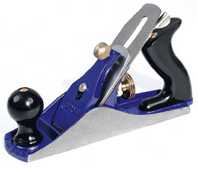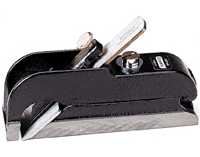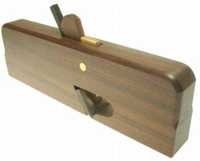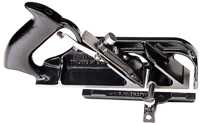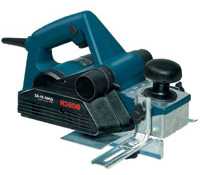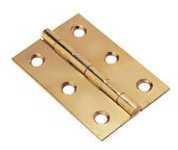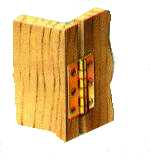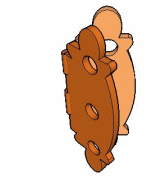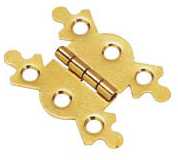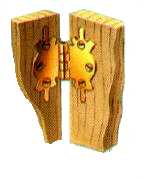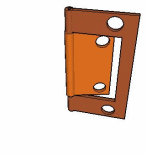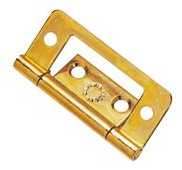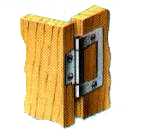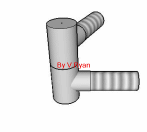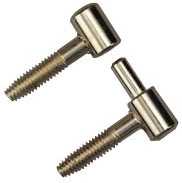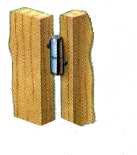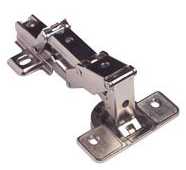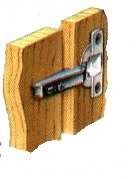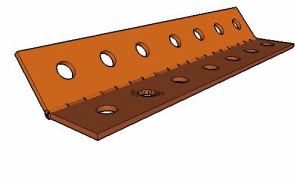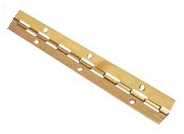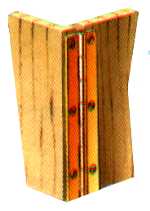
The try-square is pushed against the straight edge of a piece of wood and a marking knife is then used to mark a straight line across the material. The line is continued all the way round the wood (all four sides are marked). This type of marking materials helps if a joint is to be cut or the end of the material is simply to be sawn away.
Also used to measure 90 degrees (perfect square is all angles 90 degrees) Most candidates think measuring is the only use of a try square however it can be used for cutting as explained in the first paragraph.
Engineer's try square is a bit different however it is used in the same manner.
MARKING GAUGE [Making Parallel Lines]
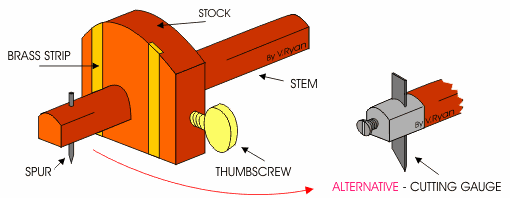
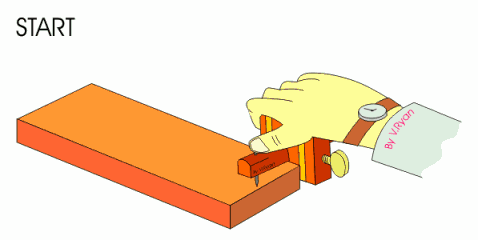
A marking gauge is used to mark a line parallel to a straight edge. The stem and stock are made from beech and the thumbscrew from clear yellow plastic. The better quality gauges have brass inserts at the front of the stock. These help reduce the wear on the stock as it is pushed against the surface of the wood - to be marked. The marking gauge is an extremely important tool for marking parallel lines and preparing for cutting joints.
SLIDING BEVEL [Make Lines at Particular Angles]


If you want to make a line at say 35 degree from the corner of the wood, you just slide it downwards till 35 degrees and draw a line.
CENTRE SQUARE [Find The Centre of a circle]
These are all the pictures i got when i searched it.
COPING SAW [Cutting Unusual Shapes or Curves] [if you know what i mean ;)]
Mostly for wood. Used when fretsaw is not available.
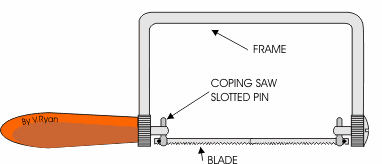
Coping saws are used for cutting a range of woods and are very useful for cutting unusual shapes or curves. In a modern workshop these shapes are normally cut using machine fretsaws. However, there are times when these machines are not available. Also, using a coping saw is a test of skill as it can be difficult to control and requires practice.
HACKSAW [Cuts Steel and other metals, plastics, can be used to cut woods]
It is sometimes called an adjustable hacksaw because the length of the frame can be altered to hold blades of different sizes. Blades are supplied in two lengths, 250mm and 300mm. If the adjusting screw is unscrewed, the frame can be pushed into the handle so that the smaller blades fit the hacksaw.
3 'teeths' (triangular blades) of the saw need to be on the wood.
The saw has to be held in the hand carefully. The index finger must point in the direction of sawing and it also helps to support the whole saw as it moves forward. The saw must not move from side to side or it will jam in the wood making sawing difficult.
